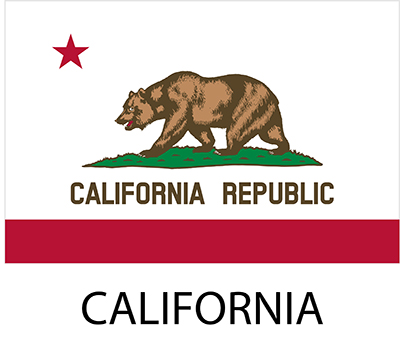By Emily A. Mertes and Katharine Essick, Sedgwick LLP
Since the California Supreme Court’s seminal meal and rest break decision Brinker v. Superior Court in 2012, employers have wrestled with whether, in their particular circumstances, it would be impractical to provide their employees with two separate rest breaks before and after a meal period during an 8-hour shift.
 |
Under what circumstances, for example, may an employer combine two rest breaks into one longer break? The California Court of Appeal, 2nd Appellate District, recently established a test for determining whether and to what extent an employer may depart from the standard rest break schedule.
Popular rest break schedule comes under fire
In this wage-and-hour class action, factory workers alleged that their employer, E.M.E., Inc., a family-owned aerospace metal finishing company located in Compton, violated California law by providing hourly employees a single 20-minute rest break per shift rather than two 10-minute rest breaks.
E.M.E.’s hourly employees worked either a day shift from 7:30 a.m. to 4:00 p.m. or an evening shift from 3:30 p.m. to 11:30 p.m. During the day shift, employees received a 20-minute rest break around 9:30 a.m. and a 30-minute meal break at 12:30 p.m.
During the evening shift, employees received a 30-minute meal break at 5:30 p.m. and a 20-minute rest break at 8:00 p.m. Thus, meal and rest breaks were interspersed roughly equally throughout the workers’ shifts. And by most accounts, they preferred this long-standing arrangement.
Despite general acceptance and support of the schedules, former employee Juan Rodriguez filed a class action against E.M.E. in which he alleged violations of the California Labor Code, the Unfair Competition Law (UCL), and Wage Order 1-2001. The class claimed that E.M.E.’s practice of combining 10-minute rest breaks into one 20-minute period was unlawful.
